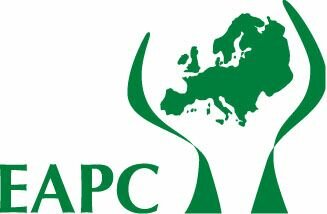|
WORLD HOSPICE AND PALLIATIVE CARE DAY 2007 |
|
|
7% of World Population Suffering Unnecessary Cancer Pain A new report published today [28th September] shows that 80% of the world’s cancer sufferers have no access to pain relief and 7% of all people in the world suffer cancer pain that could be relieved but isn’t due to lack of access to low cost and effective pain relieving drugs. Access to Pain Relief – an Essential Human Right, which also looks at pain relief with reference to other advanced and terminal diseases including AIDS(1), heart disease, chronic obstructive pulmonary disease and renal disease, has been produced by the UK’s national hospice charity, Help the Hospices, and includes an introduction from the World Health Organization (WHO). The report is being published to mark World Hospice and Palliative Care Day (6th October, www.worldday.org) and provides a global snapshot of the availability of vital pain relieving drugs. It looks in detail at why so many people do not have access to basic drugs named on WHO’s ‘Essential Medicines List’. It contains findings of a specially commissioned survey of medical staff in 69 hospice and palliative care services across Africa, Asia and Latin America and reveals that the main barriers to access are not cost, but rather lack of education and training, bureaucracy, excessively strict legislation, misplaced fear of addiction, abuse, tolerance and/or side effects and poorly developed health systems. In fact, medicines used to relieve pain are well established with known, predictable and preventable side effects. Survey findings NB this survey only looks at availability of pain relieving drugs within the hospice and palliative care services surveyed. The vast majority of people living in the survey countries do not have access to these services or to palliative care of any kind(2), therefore the actual level of access is far lower than the survey indicates. Key survey findings include:
The report’s author, pharmacist Vanessa Adams, said, “For most palliative patients, particularly in developing countries, the cause of pain cannot be removed, therefore it is vital that a reliable supply of pain relieving drugs is available for each patient. Pain is extremely distressing for patients and their friends and families. It decreases people’s ability to sleep, carry out everyday activities, work, communicate, concentrate, resolve conflict and address issues which, if thought through, allow peace of mind as the end of life approaches.” Comments from health care workers responding to the survey included:
Recommendations In order to prevent millions suffering pain needlessly the report recommends coordinated international and national programmes to increase awareness, education, supply and access. Palliative care and access to essential pain relieving medicines should be an integral part of all national policies relating to cancer, HIV/AIDS and other chronic diseases. The report outlines essential steps that need to be taken to improve access including improved education and accountability, reviewing laws and policies and strengthening health facilities. The report will be available to download in full, free of charge, from 28th September 2007 at http://www.worldday.org/documents/access_to_pain_relief.pdf. For more information about the report in advance of its publication on September 28th, please contact Claire Morris, Help the Hospices on +44 207 520 8250 or For media enquiries, to obtain a copy of the report (under embargo until 28th September) or images, please contact: Jo Pratt, Help the Hospices on +44 208 699 6566 or (1) It should be noted that the availability of anti-retroviral therapy for HIV patients does not decrease their need for pain relief. (2) In Africa 21 out of 47 countries have no identified hospice or palliative care services at all and only four have a reasonable number of palliative care services. In India, less than 1% of people who need palliative care have access to it. In Pakistan there is only one palliative care service to serve a population of 158 million (compared to more than 240 services in the UK). (3) The WHO analgesic (pain relieving drug) ladder forms a sound basis for relieving most types of pain. The main ‘steps’ in the ladder are:
Notes to editors
|
